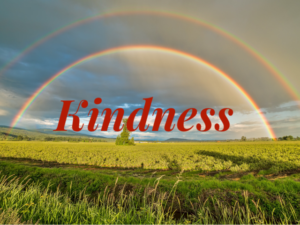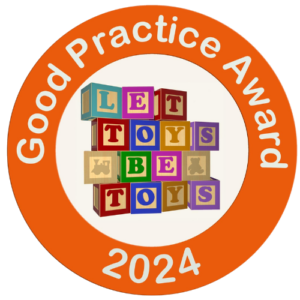


There are so many benefits to being kind. Here are just a few…
Researchers have illustrated that kindness may be contagious, and that people are more likely to do kind acts when they see others being kind as well. What a wonderful potential domino effect when a crowd witnesses an act of kindness.
When we witness an act of kindness it may produce a hormone called oxytocin which can aid in lowering blood pressure and improving heart health. Oxytocin can also improve our self-esteem and optimism.
Research shows that being kind can make you happy, particularly when kindness is practised consistently
Studies have shown that people can feel stronger and more energetic after helping others.
Engaging in actions of kindness can produce the brain’s natural painkiller, endorphins.
Kindness helps to reduce the emotional barrier between two people and helps people to be more open and bonded with each other.
People aged 55 and over who volunteer for two or more organisations have an impressive 44% lower likelihood of dying early. This is after sifting out other contributing factors such as physical health, exercise, gender, habits such as smoking, marital status etc. That’s pretty impressive!
No wonder being kind is cool. What kind act will you and your little ones be carrying out today?







